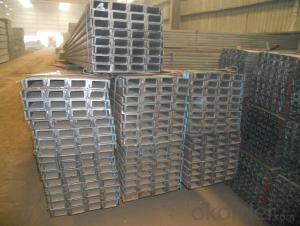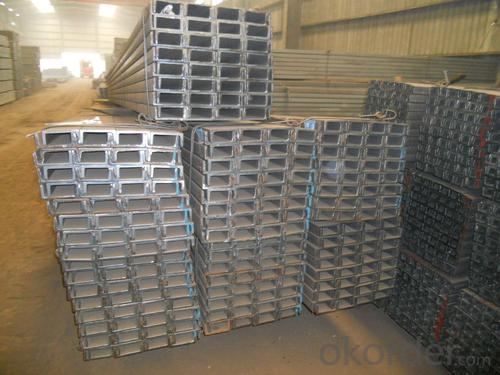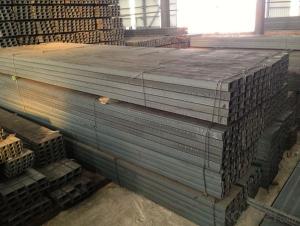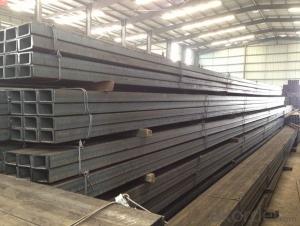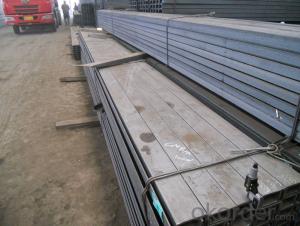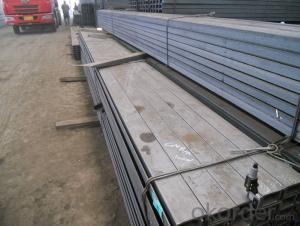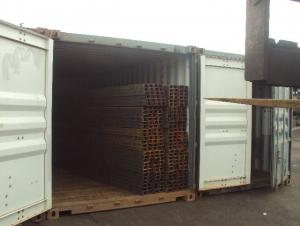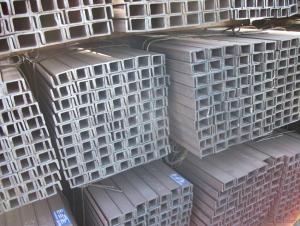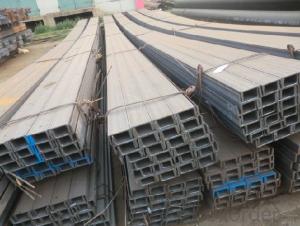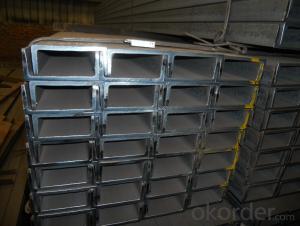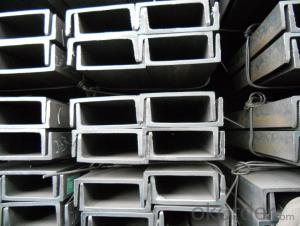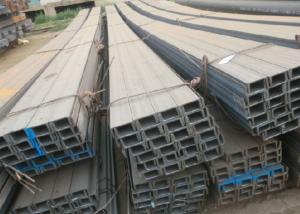U-channel Carbon Steel Hot Rolled JIS Standard High Quality
- Loading Port:
- Tianjin
- Payment Terms:
- TT OR LC
- Min Order Qty:
- 25 m.t.
- Supply Capability:
- 2000 m.t./month
OKorder Service Pledge
OKorder Financial Service
You Might Also Like
Product Description:
OKorder is offering U-channel at great prices with worldwide shipping. Our supplier is a world-class manufacturer of steel, with our products utilized the world over. OKorder annually supplies products to European, North American and Asian markets. We provide quotations within 24 hours of receiving an inquiry and guarantee competitive prices.
Product Applications:
1.The JIS channel can be devided into two kinds, namely common channel steel and light channel steel. The sizes of hot rolled common channel steel range from 5# to 40#. Meanwhile, the channel steel can be divided into cold forming sectional equal channel steel, cold forming sectional unequal channel steel, cold forming inner edge channel steel and outer edge channel steel.
2.The JIS channel is usually used for arch-itechtural structure, and they could be welded in order to support or hang a vari-ety of facilities. They are also usually used in combination with I beam. The channel steel with sizes under 14# is usually applied to construction engineering, as purline, while the channel steel with sizes above 16# is more likely to be used in building vehicle chassis structure and mechanical structure. Furthermore, the channel steel in sizes above 30# are target at building bridge structure, as tension bar.
Product Advantages:
OKorder's U-channel are durable, strong, and resist corrosion.
Main Product Features:
· Premium quality
· Prompt delivery & seaworthy packing (30 days after receiving deposit)
· Corrosion resistance
· Can be recycled and reused
· Mill test certification
· Professional Service
· Competitive pricing
Product Specifications:
1.We are able to provide channel steel of top quality at attractive price.
2.Our products of channel steel have passed ISO9001:2008 Quality Management System Certification.
Alloy No | Grade | Element (%) | |||||
C | Mn | S | P | Si | |||
Q235 | B | 0.12—0.20 | 0.3—0.7 | ≤0.045 | ≤0.045 | ≤0.3 | |
Alloy No | Grade | Yielding strength point( Mpa) | |||||
Thickness (mm) | |||||||
≤16 | >16--40 | >40--60 | >60--100 | ||||
≥ | |||||||
Q235 | B | 235 | 225 | 215 | 205 | ||
Alloy No | Grade | Tensile strength (Mpa) | Elongation after fracture (%) | ||||
Thickness (mm) | |||||||
≤16 | >16--40 | >40--60 | >60--100 | ||||
≥ | |||||||
Q235 | B | 375--500 | 26 | 25 | 24 | 23 | |
FAQ:
Q1: How soon can we receive the product after purchase?
A1: Within three days of placing an order, we will begin production. The specific shipping date is dependent upon international and government factors, but is typically 7 to 10 workdays.
Q2: What makes stainless steel stainless?
A2: Stainless steel must contain at least 10.5 % chromium. It is this element that reacts with the oxygen in the air to form a complex chrome-oxide surface layer that is invisible but strong enough to prevent further oxygen from "staining" (rusting) the surface. Higher levels of chromium and the addition of other alloying elements such as nickel and molybdenum enhance this surface layer and improve the corrosion resistance of the stainless material.
Q3: Can stainless steel rust?
A3: Stainless does not "rust" as you think of regular steel rusting with a red oxide on the surface that flakes off. If you see red rust it is probably due to some iron particles that have contaminated the surface of the stainless steel and it is these iron particles that are rusting. Look at the source of the rusting and see if you can remove it from the surface.
Images:
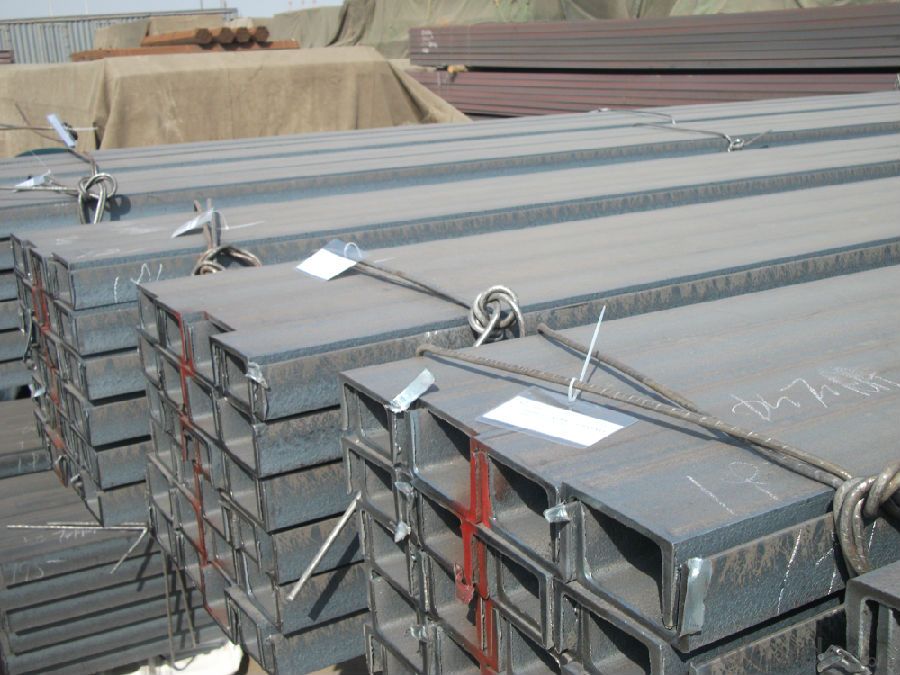
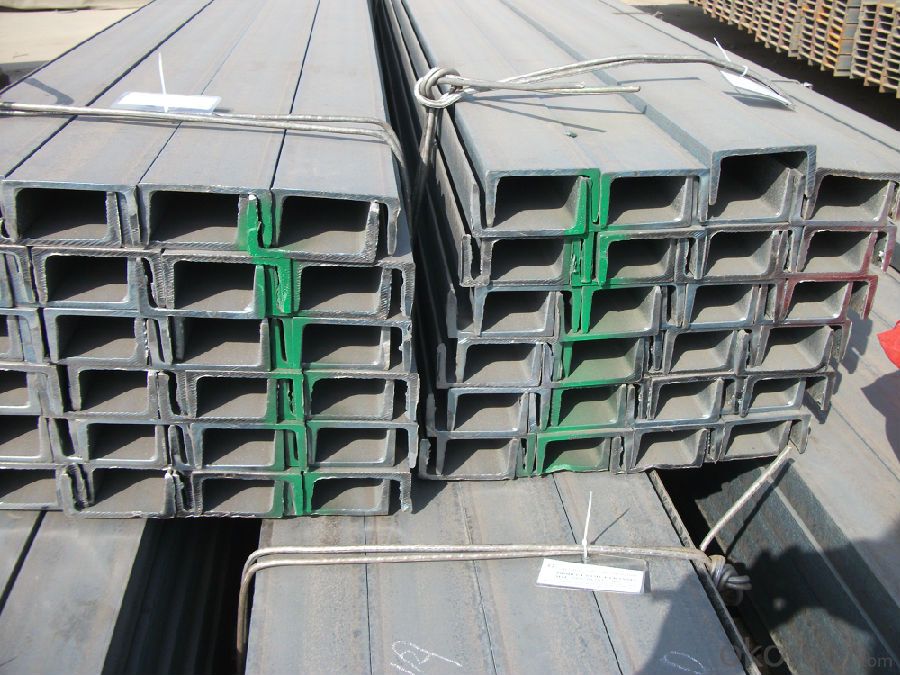
- Q: What direction does channel steel use best?
- The ability of the channel to bear the vertical load is proportional to its vertical cross section, so the opening is left or right, and the maximum vertical load can be carried.
- Q: What are the different types of surface treatments for steel channels in marine applications?
- There are several types of surface treatments commonly used for steel channels in marine applications. These include hot-dip galvanizing, epoxy coating, paint systems, and stainless steel cladding. Each treatment offers different levels of corrosion resistance and durability, allowing the steel channels to withstand the harsh marine environment. The choice of treatment depends on factors such as the level of exposure to saltwater, expected service life, and budget considerations.
- Q: How do steel channels contribute to the stability of mezzanine floors?
- Steel channels are essential components in the construction of mezzanine floors and play a crucial role in contributing to their stability. These channels, also known as C-channels or C-sections, are made of high-strength steel and are specifically designed to provide structural support and reinforcement. One of the main ways steel channels contribute to the stability of mezzanine floors is by distributing the load evenly across the floor structure. Mezzanine floors are designed to accommodate heavy loads, such as machinery, equipment, or storage materials. The steel channels act as beams that bear the weight and transfer it to the vertical supports or columns. By distributing the load, they prevent localized stress concentration and ensure the overall stability of the floor. Furthermore, steel channels add rigidity to the mezzanine floor system. Due to their shape and structural properties, they offer excellent resistance to bending and torsion forces. This rigidity is crucial in preventing any excessive deflection or movement of the floor, especially when subjected to dynamic loads or vibrations. The stability provided by the steel channels enhances the safety and functionality of the mezzanine floor, allowing it to withstand heavy usage and ensure a secure work environment. Moreover, steel channels contribute to the overall durability and longevity of mezzanine floors. Steel is a highly durable material that can withstand a wide range of environmental conditions, such as temperature variations, moisture, and corrosion. By using steel channels, the structural integrity of the mezzanine floor system is enhanced, minimizing the risk of deformation, sagging, or structural failure over time. This durability ensures that the mezzanine floor can endure heavy loads for an extended period, reducing the need for frequent maintenance or replacement. In summary, steel channels play a vital role in contributing to the stability of mezzanine floors by distributing loads evenly, providing rigidity, and enhancing durability. Their structural properties ensure the safety, functionality, and longevity of mezzanine floors, making them an essential component in their construction.
- Q: Can steel channels be used for equipment platforms?
- Yes, steel channels can be used for equipment platforms. Steel channels are commonly used in construction and industrial applications due to their strength and durability. They provide a sturdy base for supporting heavy equipment on platforms, ensuring stability and safety. Additionally, steel channels can be easily customized and fabricated to meet specific platform requirements, such as size and load capacity.
- Q: Do steel channels have any specific thermal conductivity properties?
- Yes, steel channels have specific thermal conductivity properties. Steel is known to have a relatively high thermal conductivity compared to other materials, meaning it can transfer heat more easily. This property makes steel channels effective in dissipating heat and maintaining temperature stability in various applications such as HVAC systems, heat exchangers, and electrical enclosures.
- Q: Can steel channels be used for creating support structures for ventilation systems?
- Yes, steel channels can be used for creating support structures for ventilation systems. Steel channels are commonly used in construction and engineering due to their strength and durability. They provide a sturdy framework for supporting the weight of ventilation equipment, such as ductwork, fans, and filters. Steel channels also offer flexibility in terms of design and can be easily customized to meet specific project requirements. Additionally, steel is resistant to corrosion and can withstand harsh environmental conditions, making it suitable for use in ventilation systems that may be exposed to moisture or chemicals. Overall, steel channels are a reliable choice for creating support structures that ensure the safe and efficient operation of ventilation systems.
- Q: What are the different methods of reinforcing steel channels?
- There exist several techniques employed in enhancing the strength of steel channels, contingent upon the particular requirements and design factors involved. Some of the prevalent techniques encompass: 1. Welding: The most conventional and widely utilized method for reinforcing steel channels is welding. This process entails the fusion of supplementary steel plates or angles to the channel using heat and pressure. This technique ensures exceptional robustness and durability, enabling the reinforced channel to withstand substantial loads and stresses. 2. Bolting: Bolting is yet another frequently employed technique in reinforcing steel channels. It involves fastening additional steel plates or angles to the channel using bolts and nuts. This method is relatively swift and straightforward, permitting flexibility in making adjustments or modifications if necessary. 3. Riveting: Riveting is a method akin to bolting, except it employs rivets to secure the supplementary steel plates or angles to the channel. Riveting guarantees a firm and enduring connection, ensuring the reinforcement remains intact under diverse loading conditions. 4. Adhesive bonding: Adhesive bonding represents a contemporary approach that employs high-strength adhesives to affix additional steel plates or angles to the channel. This technique offers several advantages, including uniform distribution of loads, minimized stress concentrations, and improved aesthetics by eliminating the need for visible fasteners. 5. Fiber-reinforced polymers (FRP): FRP materials, such as carbon fiber or fiberglass, can be utilized to fortify steel channels. These materials possess lightweight properties, corrosion resistance, and high tensile strength. FRP can either be bonded or wrapped around the channel, providing supplementary reinforcement and enhancing its load-carrying capacity. 6. Composite construction: Composite construction involves the amalgamation of diverse materials, like concrete and steel, to reinforce steel channels. This technique is frequently employed in construction projects necessitating channel support for heavy loads or resistance against external forces, such as earthquakes or wind. It is imperative to note that the selection of a reinforcement method depends on various factors, including structural requirements, budgetary limitations, and environmental considerations. Consulting a structural engineer or construction professional is vital in determining the most suitable technique for reinforcing steel channels in a specific application.
- Q: How are steel channels protected against rusting and corrosion?
- Steel channels are protected against rusting and corrosion through various methods such as coating them with corrosion-resistant materials like zinc or paint, galvanizing them by applying a layer of zinc through a hot-dip process, or using stainless steel channels which have inherent resistance to rusting and corrosion.
- Q: How do steel channels contribute to rainwater harvesting in construction?
- Steel channels play a crucial role in rainwater harvesting in construction projects. They are specifically designed to collect and channel rainwater from rooftops and other surfaces into storage tanks or reservoirs. The primary function of steel channels is to provide a pathway for rainwater to flow from the collection surface to the storage system. These channels are typically installed along the edges of roofs or on the ground, ensuring that water is efficiently guided towards the desired collection points. Moreover, steel channels are highly durable and resistant to corrosion, making them ideal for outdoor applications where they are exposed to rain, sunlight, and other weather elements. This durability ensures that the channels remain effective in transporting rainwater for an extended period of time, minimizing the need for maintenance or replacement. In addition to their functional benefits, steel channels also offer flexibility in design and installation. They can be customized to suit the specific requirements of the construction project, allowing for efficient water collection from various surfaces and directing it to the desired storage location. The installation process is relatively straightforward and can be easily integrated into the overall construction plan. By efficiently collecting rainwater and directing it to storage systems, steel channels contribute to rainwater harvesting in construction by helping to conserve water resources. This sustainable practice reduces the reliance on mains water supply, especially during periods of drought or water scarcity. Additionally, rainwater can be used for various purposes, such as irrigation, toilet flushing, and other non-potable applications, thus reducing the demand for treated water. Overall, the inclusion of steel channels in construction projects facilitates effective rainwater harvesting, promoting water conservation and sustainability.
- Q: Can steel channels be used in framing systems?
- Yes, steel channels can be used in framing systems. Steel channels, also known as C-channels or U-channels, are commonly used in construction and framing applications. They are versatile and provide structural support and stability to the framing system. Steel channels are often used as studs, joists, and beams in both residential and commercial buildings. They offer excellent load-bearing capacity and can withstand heavy loads and forces. Moreover, steel channels are durable, fire-resistant, and resistant to rot, pests, and decay, making them a reliable choice for framing systems.
Send your message to us
U-channel Carbon Steel Hot Rolled JIS Standard High Quality
- Loading Port:
- Tianjin
- Payment Terms:
- TT OR LC
- Min Order Qty:
- 25 m.t.
- Supply Capability:
- 2000 m.t./month
OKorder Service Pledge
OKorder Financial Service
Similar products
Hot products
Hot Searches
Related keywords
